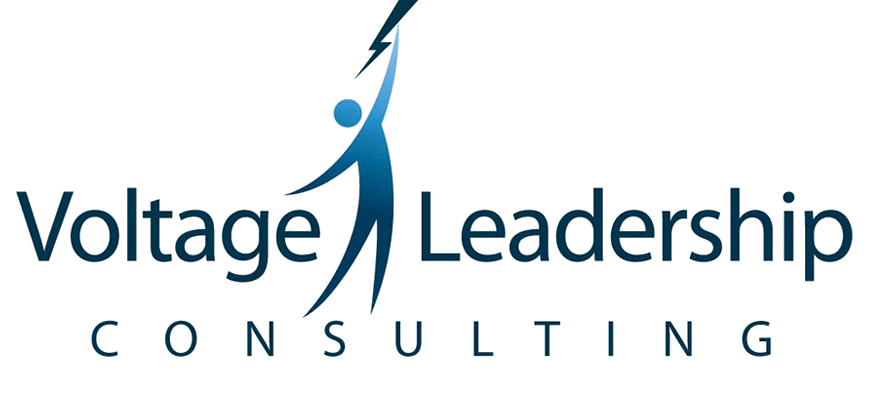The 3 Critical Buy-In Questions to Ask When Leading Change
I recently hosted a gathering of CEO’s for a peer problem-solving session. A theme quickly emerged as each of these organizational leaders brought their issues forward to the group: change leadership.
At the heart of each of their situations was the question: “How can I navigate this change successfully?” In every case, thoughtful intention to how changes were introduced, implemented and evaluated was essential. These leaders cared about the success of their change process as much as the change itself. This type of careful attention is the key to their success as leaders.
Whether your change is significant or small, here are some simple questions to ask to ensure your change is successful:
1. Why?
You will get resistance from your team if they do not understand why. So often in my coaching sessions I heard people express confusion about changes the organization is implementing:
“Why is this change important?”
“How does it connect to our mission and purpose?”
“What business aspiration does it help us achieve?”
Why? They want to know the answer, and they want that answer to make sense. I find that people do not have to agree with the change to move forward. They have to understand the rationale. That understanding greatly diminishes their resistance. Tell them why.
2. What?
Communication is key to helping people understand change. What is the change exactly? What opportunity does the change respond to? What will change and what will stay the same? This last question, what will change and what will stay the same, is an essential question to answer if the impending change is significant. Reminding people of what isn’t changing eases anxiety, and allows people to maintain some equilibrium through change.
3. How?
Logistics matter to people. Not everyone needs great details, but some concept of the process involved in an upcoming change gives people confidence as they move forward. How will the change be undertaken? When will the change take place? Who is involved in initiating and executing this change? How will we check in to be sure the change is going as planned?
When people know the Why? What? and How? of change it is much easier for them to adapt and adopt the new-normal. When people don’t know or understand Why, there is resistance. When they don’t know or understand What, there is confusion. When they don’t know or understand How there is error in implementation.
As you plan for change, take the time to answer these 3 questions:
Why? What? How?
And then spot-check your communication: ask some of your key stakeholders if they can tell you why the change is important, what they understand the change to be, and how they see the change getting executed.
This last step will help you course correct your communication, and you will get some lessons-learned that you can apply next time. And there will be a next time. The one constant, after all, is change!
